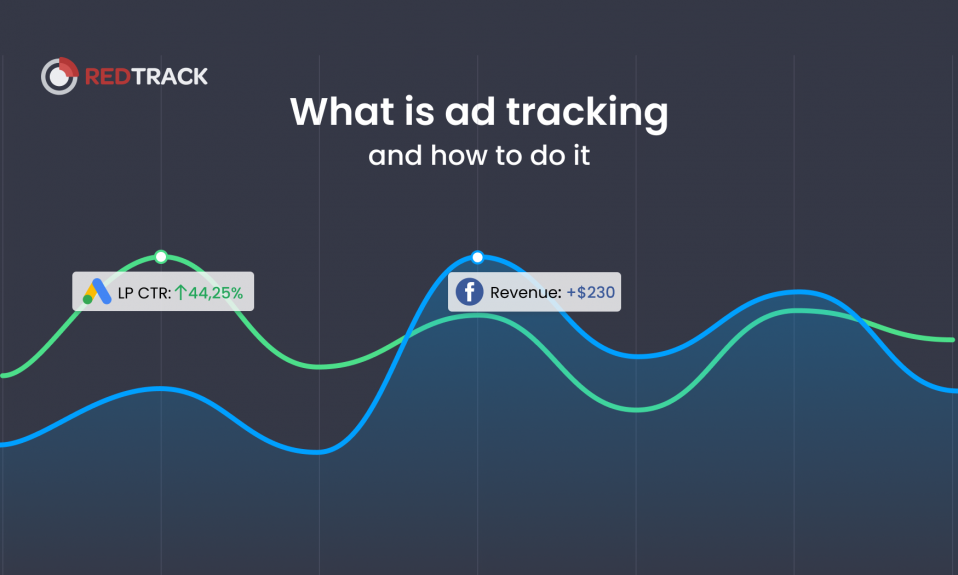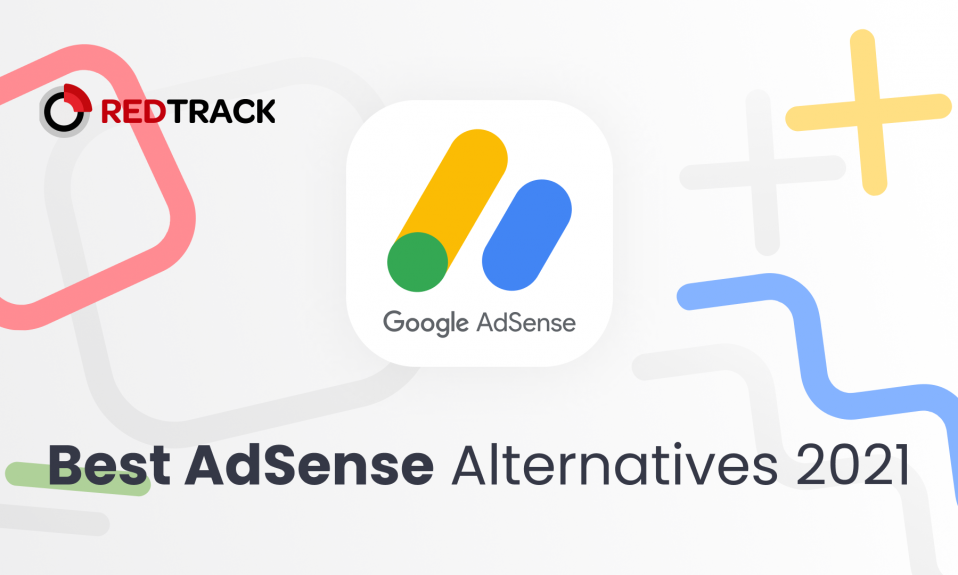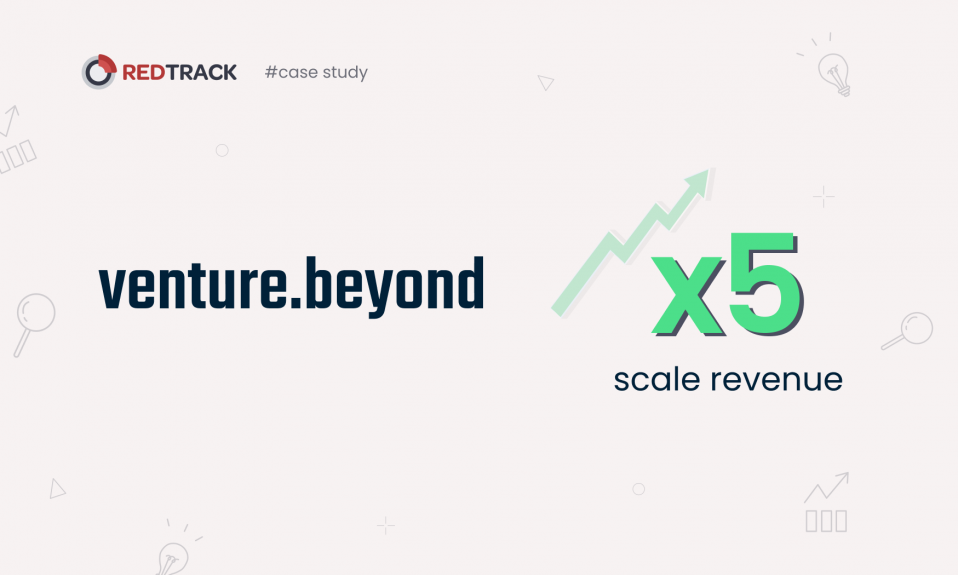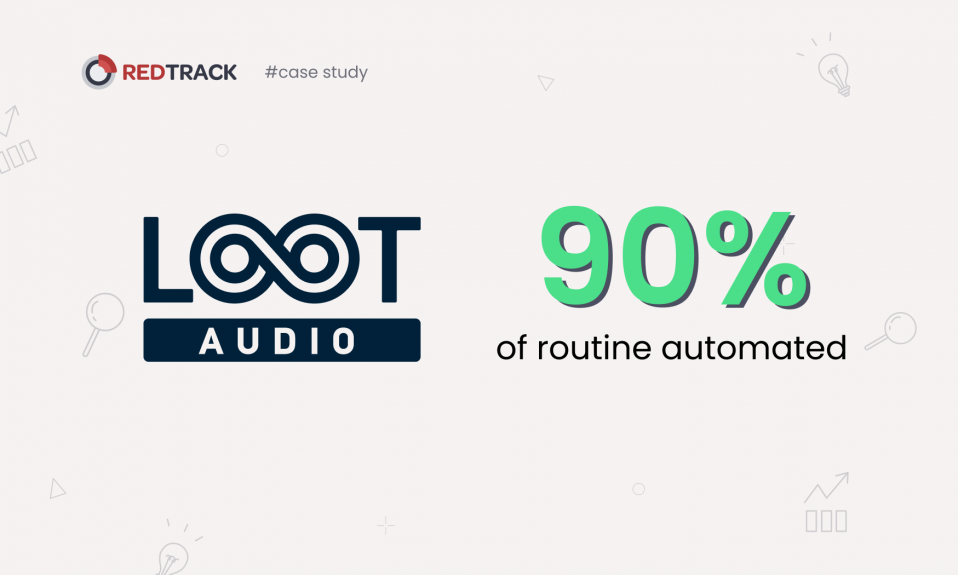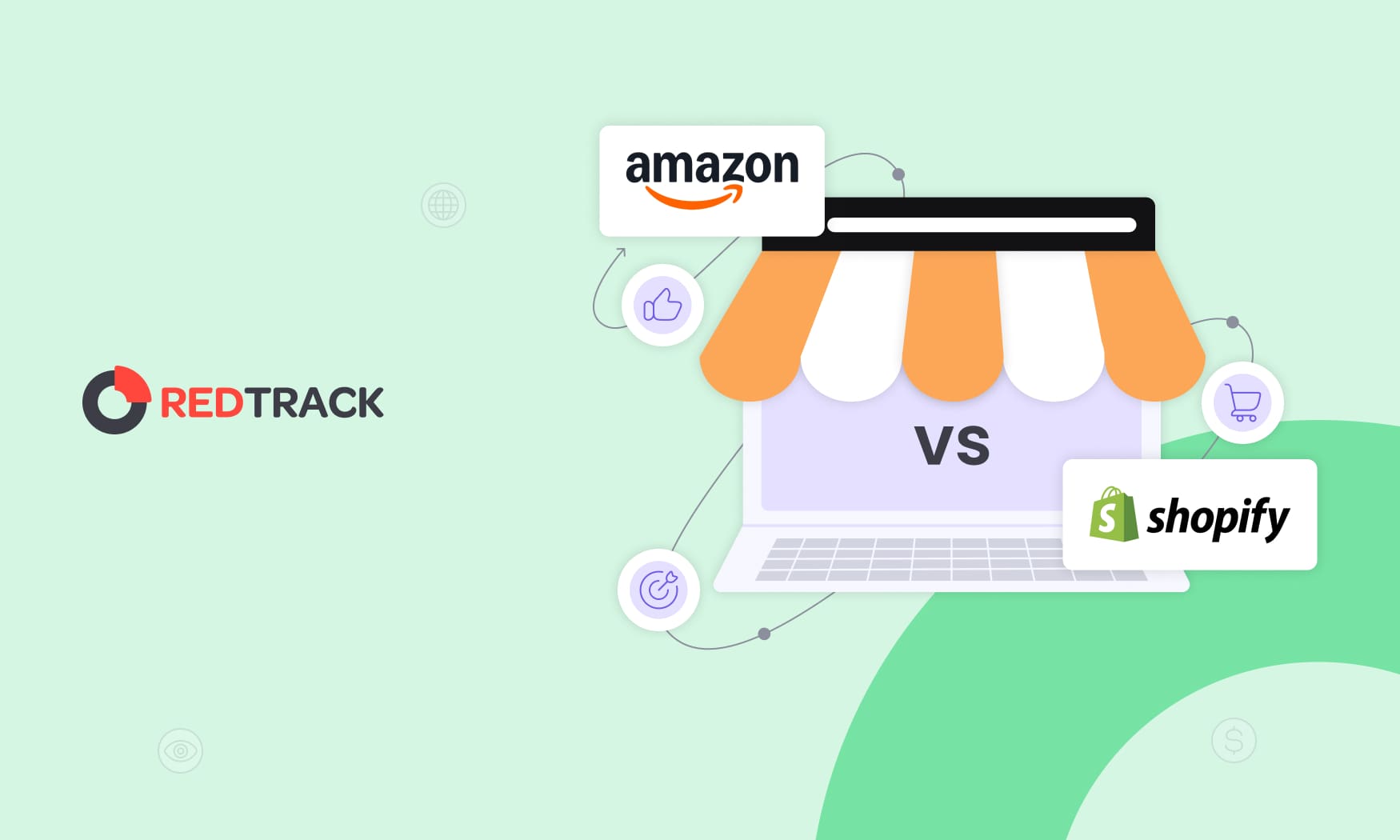
Picking between Amazon vs Shopify isn’t just another business decision – it’s the fork in the road for most eCom founders, and it will be, especially in 2026. With the global B2C e-commerce market expected to reach $7.69 trillion in 2025, choosing where to build your store can make or break your brand’s growth.
With 310+ million active users and sitting at a whopping $790 billion in gross merchandise volume, Amazon is an online marketplace and the world’s biggest global seller. Shopify, on the other hand, is an e-commerce platform whose full-year revenue for 2024 came in at $8.88 billion. It’s different to Amazon because it lets you create your own online store, where you call the shots and run the show your way.
While they are both stars in their own right, it’s not easy to choose one over the other. Mostly, because they operate in two entirely different ways, and the costs and control levels involved differ vastly, too.
And that’s where this guide will help. We’re going to break down all the differences, tell you how much each one truly costs to sell through, and we’ll reveal how smart brands are using both to reach a wider market!
Quick platform comparison
Amazon is a monster retailer/marketplace. It puts your products in front of 310+ million active shoppers. However, as impressive as this sounds (and realistically it is), you’re actually just renting some space on their platform. Sure, you’ll get that instant traffic and the trust the brand has built out for itself, but you’ll also have to part with 8-15% in referral fees for every sale (on top of the monthly subscription cost). The other thing you need to be ready to give up is the customer relationship.
Shopify, on the other hand, is your own digital storefront where you build your shop and own the customer relationships. Starter plans begin at $32 monthly subscription fee, and you get to control everything – from branding to customer data to pricing. But unlike Amazon, you’ve got to bring in your own traffic through SEO, ads, and content.
Think of it like this:
Amazon = fast sales, low control.
Shopify = slow build, full ownership.
The smartest sellers play both sides. They use Amazon for exposure and quick wins, then funnel that traffic into their Shopify store to build a lasting brand they actually own.
Platform fundamentals
To really get the difference between Amazon and Shopify, you’ve got to look at how each one works at its core.
Amazon is a massive digital mall where shoppers come ready to buy. In September, the seller had a whopping 2.54 billion visitors. Here, your products appear alongside competitors on the same search pages, giving you instant exposure but zero exclusivity. You tap into Amazon’s audience and trust, but you’re also one of millions fighting for the same clicks.
Shopify does the opposite. It gives you your very own e-commerce platform (your own shop), with your own domain, design, and you choose the rules. Also, your shop isn’t stacked up alongside your competitors; instead, it’s a standalone shop where you can provide a unique experience for your customers. However, this comes with a downside. Traffic is also your responsibility – your shop won’t magically be overwhelmed with visitors. You’ll need to do the work to bring customers to your own store through ads, SEO, or other means.
So, while Amazon sellers get convenience, Shopify’s standalone online stores give you brand and relationship-building with your customers.
With Amazon’s business model, shoppers get to see and compare prices, and they get to pick and choose the quickest delivery option. On Shopify, customers buy their products online, through your branded store, because they genuinely trust you, the person running the ecommerce store.
According to Business Insider, a typical Amazon shopper places around 72 orders per year (that’s a mind-boggling figure for one person!) – while Shopify boasts over 5.54 million online stores, globally. Even though they serve the same purpose for sellers (to sell products online), they do it in two completely different ways, with very different levels of control over the outcome.
Amazon marketplace model
The biggest draw of Amazon is obvious – several billion monthly visitors, who are already in shopping mode. You don’t have to chase traffic or build awareness. People come to Amazon ready to buy, not browse. For businesses aiming at new customers, that’s a dream.
Everyone plays on the same field. Search results generate product listings that follow a standard format, so your item can appear right next to a global brand’s. Success comes down to smart pricing, strong reviews, and solid optimization – not fancy web design or marketing tricks.
But here’s the catch: with Amazon sales, you don’t own your audience. Amazon keeps all the customer data, including email and purchase history. You get sales, but Amazon gets the relationship, and the customer experience is not within your control. If your account ever gets suspended, your entire customer base disappears overnight. Poof!
The Fulfillment by Amazon (FBA) program is another huge win for convenience. If you sign up for the program, you essentially outsource all your logistics to Amazon. You send your products to Amazon’s fulfillment centers, and they take care of the rest; they store your inventory, handling the packing, shipping, returns, and even customer service. You pay a fee, and in return, your products get the “Prime” badge, meaning you can compete with the big guys on delivery speed and trust (something small businesses usually can’t go head-to-head on with larger sellers).
In short: Amazon gives you reach and simplicity — but at the cost of ownership.
Shopify store ownership model
Shopify gives you the lock and key to your online store. You have the freedom to create and shape every single aspect of your store. You design it, choose the branding, and set the foundations for the overall customer experience. Shopify offers up all the controls and puts them in your court.
Your Shopify store isn’t just another standardized product listing on a web page; it has your strong brand identity built into the entire buyer’s journey. You decide how every listing looks and feels. And you get to support customers on their online journey every step of the way, from curiosity to checkout. So Shopify focuses on you owning everything. Potential and actual buyers see your brand’s story, not Amazon’s.
Another thing that might also entice you to lean towards Shopify is the impressive 8000-strong app and integration library sellers can take advantage of via the Shopify App Store. So if you want to, you can customize and amp up your Shopify store into just about anything you imagine. The list of apps covers everything from SEO tools to shipping apps, store design, selling apps, and more. These add-ons will help you set up automations to stay on top of email marketing and help create custom product builders.
You also own your data. Every email, every order, every click belongs to you, not some middleman. That means you can build real relationships through email marketing, loyalty programs, and retargeting campaigns. Over time, that customer data becomes one of the most valuable assets for your business online.
In short: Shopify gives you ownership, freedom, and long-term growth, but only if you’re willing to do the work to earn your traffic.
Pricing and fee structure comparison
When it comes to Amazon vs. Shopify, the headline prices don’t tell the full story. The real difference shows up once you factor in all the hidden costs. The ones that quietly eat into your margins.
So let’s strip it down. What does it actually cost to sell a $100 product on each platform? Here’s how the math really works.
Amazon fees breakdown
Amazon gives you two ways to sell:
- Individual plan: $0.99 per item sold (fine if you’re moving fewer than 40 units a month)
- Professional plan: $32/month (built for volume sellers, with bulk listings, ad options, and better analytics)
But on top of that, you need ot add referral fees (this is what Amazon takes from your sales). Amazon’s referral fees vary by category:
- Media (books, music, software): 15%
- Electronics: 8%
- Clothing: up to 17%
Now, let’s say you sell a $100 shirt. You’re not getting the entire hundred into your pocket. Amazon takes $17 worth of referral fees, and you get $83.
And if you’ve signed up to the Fulfillment by Amazon (FBA) program, you’ll need to fork out more of your cash. Here’s what you can expect:
- Standard product (under one pound): Base cost of around $3.22 per unit, plus storage, which goes for about $0.75 per cubic foot most of the year, but then jumps up to $2.40 during the holiday season. How much you end up paying will essentially depend on the size of your product and also how fast it sells.
- Long-term storage: If you don’t sell the items stocked with Amazon, you also get hit up for long-term storage charges as well as for removal fees on any stock that’s still lying around.
- Ad spend: Most Amazon sellers need to put some of their cash into ad spend if they want to stay visible. This can be anywhere between 10-30%.
Add it all up, and Amazon’s convenience comes at a steep price. You get traffic on tap, but every sale chips away at your margin.
Total cost example for selling a $100 item on Amazon:
- Professional seller account: $39.99/month (amortized)
- Referral fee (15% for books): $15.00
- FBA fulfillment fee: $3.22
- Storage fee (monthly): $2.00
- Advertising (estimated): $10.00
- Total costs: ~$30.22 per sale
Shopify pricing structure
With Shopify as your ecommerce platform, things stay pretty simple. You pick a Shopify plan that suits you best, and pay your monthly subscription. That’s it! No additional fees are hiding in the fine print.
Here’s the pricing plan lineup:
- Basic Shopify: $32/month
- Shopify (Standard): $105/month
- Advanced Shopify: $399/month
With Shopify plans, the more you pay, the more robust the features you get. Every higher tier opens the door to more capabilities, giving you easy access to valuable insights and analytics that will help you grow your ecommerce store.
If you choose to include Shopify Payments for online transactions, you won’t be charged an extra transaction fee, just the standard credit card processing fees, which are between 2.5% – 2.9% + 30c per sale (depending on your plan).
And if you use a third-party payment provider, Shopify will take an extra 2% fee (on top of what the provider is charging).
Here’s what a Shopify sale breakdown looks like for a $100 item:
- Shopify subscription: $32/month
- Credit card fee (2.9% + $0.30): ≈ $3.20 per sale
That’s it.
If you compare that to Amazon, where multiple fees keep adding up (and fast), you realize you’ll be forking a large portion of your profit margin to the platform.
In a nutshell: Shopify may look more expensive upfront, but once you do the numbers, you realize more stays in your pocket.
Traffic and marketing capabilities
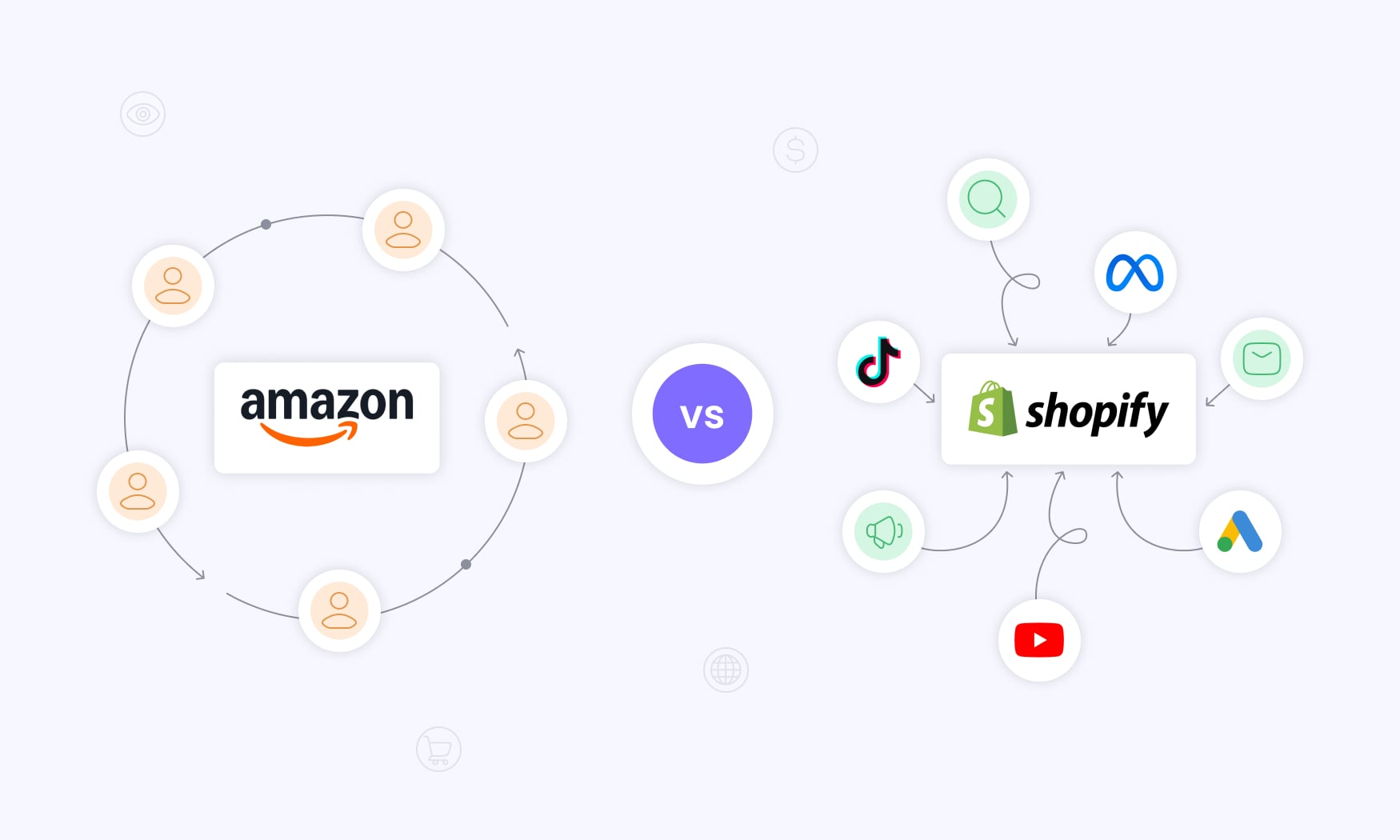
How your customers actually come across and buy your products is where the difference really becomes crystal clear when you compare Shopify vs Amazon.
On Amazon, shoppers come ready to spend. The traffic’s already there; your job is to win visibility. On Shopify, there’s no built-in audience, which means you have to drive every click yourself.
That right there is the single difference that shapes your entire marketing strategy, from how you attract customers to how you grow long-term.
Amazon’s built-in traffic advantage
We’ve already said Amazon has over 310 million active shoppers. That’s people who are not just browsing, they’re actually buying! These are serious online shoppers who probably already have their credit cards set up and their Prime membership locked in. Which means every purchase is basically a click away – no login dramas, payment option entry, and so on.
And with Amazon Sponsored Products ads, the chance of conversion is totally in your favor. That’s because you’re not trying to do a cold sell – you’re actually appearing on the buyer’s screen at the exact moment they’re about to click the “Buy Now” button.
But here’s the catch: Amazon owns the playground. You’re tied to its search algorithm, ad system, and rules. You can’t directly reach your customers, and you’re competing with thousands of sellers — including Amazon’s own private-label products. The platform decides what ranks, what shows up, and what disappears.
In short: Amazon gives you traffic on tap, but it also keeps you on a leash.
Shopify’s owned marketing channels
Shopify doesn’t hand you traffic, but it does give you the tools to build it. The platform connects directly with Google Ads, Facebook, Instagram, and TikTok, letting you run multi-channel campaigns that pull customers from everywhere. That diversity means you’re not betting your business on one source or algorithm.
And unlike Amazon, Shopify lets you talk to your customers directly, through email, SMS, and social media, so you build actual relationships, not just one-off transactions.
Then there’s SEO; the long game that pays forever. A well-optimized Shopify store can rank for thousands of keywords and pull in qualified traffic day after day, without paying for every click.
Shopify also makes content marketing easy. You can run a full blog, share insights, and educate your audience — all from the same dashboard. The more valuable your content, the more trust and visibility you build.
So while Shopify doesn’t give you instant exposure like Amazon, it gives you something far better: complete freedom to grow your traffic your way — through ads, influencers, affiliates, or pure SEO power.
Brand control and customization
The amount of brand control you get on each platform shapes everything — how loyal your customers become, whether you can charge premium prices, and how much space your brand actually owns in the market.
Amazon’s branding limitations
On Amazon, your products live inside Amazon’s ecosystem, which has the same layout, design, and format as everyone else. It’s familiar for shoppers but frustrating for brands. You can’t tell your story, show your personality, or connect emotionally. You get a product page, not a brand experience.
The Amazon Brand Registry helps a little by giving trademark holders access to Enhanced Brand Content, which includes extra images, richer descriptions, and a few layout tweaks. But you’re still building inside Amazon’s box. It’s brand expression with the training wheels on.
And here’s the kicker — you never actually own the relationship. You don’t get customer emails, purchase history, or direct contact. Buyers might love your product, but in their minds, they bought it from Amazon, not from you.
Every message, every touchpoint, every return goes through Amazon’s system. You can’t follow up, personalize the experience, or turn a one-time shopper into a loyal fan. That makes true brand loyalty and repeat sales tough to build — because at the end of the day, Amazon owns the customer, not you.
Shopify’s brand freedom
Shopify gives you full creative freedom. You start with 80+ professional themes, and if you can code (or hire someone who can), there are no limits. Whether you’re going for sleek and minimalist like a luxury label or bold and energetic for a youth brand, your store can look and feel exactly how you want it to.
So with ownership, you get control and freedom. You get access to all your customer data, including emails, orders, and clicks. When you have all that, you’re free to run personal campaigns, start loyalty programs, and target the audience you want to go for.
On top of that, you can also customize your checkout and delivery process. A custom thank you page, branded packing, or an on-brand follow-up email can really make a customer remember you, so they come back next time.
Shopify gives you the tools and the opportunity to compete on the customer experience you provide – not just the product. And that’s why you can charge premium prices and base your sales strategy on building long-term brand loyalty.
Fulfillment and Shipping Options
How you get orders out the door can be all or nothing. It impacts customer happiness, the daily grind, and how much profit you actually make on each sale.
Amazon Fulfillment by Amazon (FBA)
One of Amazons’s greatest perks is its Prime delivery network. This is the platform’s trump card. They offer super-fast shipping to just about everywhere.
With fulfillment centers worldwide, Amazon takes care of the logistics and the heavy labour – literally. You can leave your products in their warehouses (for a price) and they’ll pack and ship the goods to your buyers. They’ll even deal with customs duties, so you don’t have to. Amazon is how small brands can sell their goods worldwide without having their own online store or their own global operation.
And what else does FBA (Fulfillment by Amazon) cover? Returns and customer service – of course! All refunds, exchanges, and complaints become the responsibility of Amazon’s support team.
In short: Amazon fulfillment buys you convenience and reach, but it’s not cheap — especially if your inventory sits still.
Shopify Shipping and 3PL integration
Shopify gives you options (and a lot of them). You get shipping discounts up to 88% with major carriers like UPS, DHL, and USPS, often matching the rates big brands negotiate on their own. That makes professional, fast shipping accessible even for smaller stores.
You can connect with 100+ third-party logistics providers, including ShipBob, regional 3PLs, and even Fulfillment by Amazon if you want to use FBA for your Shopify orders. That flexibility means you can pick the right partner for your products, audience, and budget instead of being locked into one system.
Where Shopify really shines is brand experience. You control every detail from packaging to inserts, thank-you notes, and the unboxing moment. Done right, that delivery turns into a brand touchpoint that drives social shares and repeat sales, not just another shipped box.
And for sellers who want speed without losing control, the Shopify Fulfillment Network delivers 2-day shipping to 90% of the U.S., using strategically placed warehouses. It’s newer than Amazon’s FBA, but it’s built for one thing Amazon can’t offer: fast delivery with your brand still front and center.
When to choose Amazon vs Shopify

Choosing between Amazon and Shopify comes down to what you’re building — a quick-selling machine or a long-term brand. The right platform depends on your goals, resources, and how you plan to scale. Knowing when each one gives you the upper hand lets you make smarter moves from day one.
Choose Amazon when
You’re starting lean and need quick proof that your product sells. Amazon’s massive audience gives instant feedback on demand, pricing, and positioning – no ad budget or marketing know-how required.
You’re selling commodities – products where price and convenience matter more than branding. Think phone cases, kitchen gadgets, or everyday electronics. On Amazon, shoppers compare and click fast, so the cheapest option with Prime shipping usually wins.
You don’t have a marketing engine yet. Amazon’s built-in traffic saves you from figuring out ads, SEO, or social strategy while you focus on sourcing and fulfillment.
You want to test before investing. Amazon lets you validate a product before spending time and money building a brand or custom Shopify store. If it sells, you can expand later.
And if you’re just experimenting, Amazon’s Individual plan – at $0.99 per sale – means no upfront commitment. Perfect for side hustlers or anyone dipping their toes into new categories without paying a monthly fee.
In short: Amazon is your fast track to market validation – simple, scalable, and low-risk.
Choose Shopify when
You’re building a real brand, not just selling products. If your edge comes from storytelling, design, or a strong mission, you need full control over the site, the experience, and the message. That’s where Shopify wins.
You’ve got a marketing budget and a bit of know-how. Whether it’s SEO, ads, or content, Shopify rewards businesses that know how to drive their own traffic. The more effort you put into visibility, the more that traffic compounds, and you own every bit of it.
Your products need context or explanation. Technical gear, handmade goods, or anything that benefits from education or trust-building performs better when you control the full journey, not a cramped Amazon listing.
You’re thinking long-term. Shopify gives you customer data, not just transactions. That means you can build loyalty programs, retarget past buyers, and grow lifetime value instead of starting from zero with every sale.
And if you’re playing the exit game, Shopify’s the smarter foundation. Investors and acquirers value owned audiences, customer lists, and branded websites far more than an Amazon account you don’t fully control.
In short: Choose Shopify when you’re building something to last, a brand, not just a product line.
Conclusion
Whether you build on Amazon or Shopify, the goal’s the same: profitable growth built on data, not guesswork. Amazon gives you reach and speed. Shopify gives you ownership and control. The smartest brands use both: Amazon to capture demand, Shopify to build loyalty.
But if it’s scaling you’re after, the key lies in one simple thing: accurate tracking and clear attribution. And that’s where RedTrack comes in: to be the ultimate performance media buyer’s partner.
RedTrack will be your single source of truth for every click conversion and every single dollar that gets spent on your e-commerce store. It takes the data, sorts it out, and brings you all the numbers from all the platforms (including Amazon Ads, Meta, Google, TikTok, and your Shopify store), so you know exactly what’s driving a return on investment.
When you add RedTrack to your tool stack, you’ll no longer be doing media buyng blindly. You’ll know which campaigns are winners, and which ones you can do without. Take the ones that are delivering the results you want and automate them. And for the ones that aren’t – cut your losses fast.
Whether you’re on Amazon ads or doing your best to drive traffic to Shopify is irrelevant. What is relevant is tracking. Are you tracking your ads, and do you know which ad campaigns were worth the investment? If not, it’s time to get onto RedTrack.
Let it take the chaos out of ad tracking so you know where you need to do your media buying!





